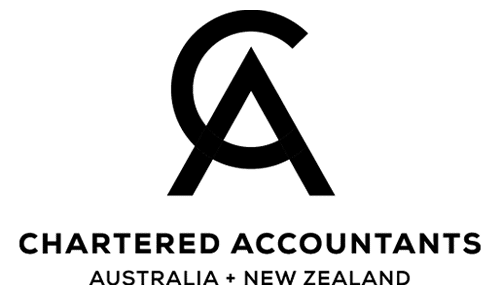ASIC has released a helpful regulatory guide that assists listed company director’s in preparing the annual report. Specifically, it’s objective is to help directors provide useful and meaningful information to stakeholders when preparing the operating and financial review sections of the directors report. The following report is meant to be a summary of the guide to further assist directors.
The first point that we need to be clear on is that there are several sections of a Directors’ Report, what we are concerned with here is the;
- Review of Operations;
- Operating Results; and
- Future Developments
With the Corporations Act being what it is, the above fall under multiple sections (mostly s299(1) and s299A(1)) but the guide is specifically dealing with s299A. An understanding of the legislation is not required to navigate the guide though. ASIC refers to the requirements under s299A as the Operating and Financial Review (OFR), I will do the same.
Importance of the OFR
The first objective of the guide is to stress the importance of periodic disclosure. ASIC takes time to remind us all that the ASX does not need a prospectus for every capital raising undertaken and that this fact makes the ASX internationally competitive. Effective periodic disclosure is essential if we are to continue under a capital raising regime that does not currently require a prospectus for every issue. So what we have here is a reminder to “play fair” or “lose our privileges”, good call.
Presentation
Next, the guide instructs us that the OFR should “appropriately reflect the entity’s individual circumstance and the business environment in which it operates.” ASIC does not expect the OFR to contain the same level of disclosure as a prospectus or PDS and it is designed to be read in conjunction with the financial report that is itself subject to an observable market price and continuous and periodic disclosure. The Annual Financial Report must stand on its own. That means you can reference content within the report but don’t reference to content outside. The focus is to be on quality, not quantity and needs to be clear, concise and effective. This last part seems to be contrary to the rest of the financial report and hence why stakeholders seem to focus on the directors report itself. ASIC reminds us not to use excessive photographs and to ensure key information is not lost among less important details. There is no need to double up on the Review of Operations either. We are advised to put everything in the one place, so there is no need for a separate report.
Preparing the OFR
The actual content of the OFR should;
- contain key information about an entity’s operations and financial position;
- present a narrative and analysis of the entity’s results and financial position;
- contain information that stakeholders would reasonably require to make an informed assessment of the entity’s operations, financial position, and business strategies and prospects for future financial years.
Specifically, the key information about an entity’s operations should “analyse and discuss the impact of transactions and events”. My opinion is that Directors often state the transactions and events that occurred, but do not discuss and analyse. ASIC would like to see this rectified.
The narrative and analysis should be tailored to the stakeholders’ needs, and adapt as the needs themselves change. There should be a narrative overview to enable stakeholders to understand the entity’s business performance and the underlying factors. For me, this is important clarification as most OFR’s lack a ‘story’ from the directors as to what happened to the business, relying rather on a statement of facts and events. ASIC goes on to say “a mere recounting of the key findings… will not satisfy”.
Operations and Financial Position
The key points to come out of this section are that the discussion on operations should include “an explanation of the entity’s business model and its effect on the entity’s operations” and “a discussion of results for the key operating segments and major components of the overall result”. The information “should be tailored to reflect the individual circumstances of the entity and the business environment in which it operates.”
By far the most useful information in RG 247 is a table that gives a ‘before and after’ style comparison of what OFR disclosures currently look like, and what ASIC would like them to look like. I’ve included and example here.
Before: The company manufactures widgets in Australia, with customers in both Australia and China.
After: The company is a manufacturer of technology equipment, producing two types of widgets—Models A and B. Its manufacturing operations are based entirely in Australia, but it distributes its products both in Australia (5%) and overseas (95%)—mostly in China: see Operating Segment Note X for more details of the financial performance of the company’s key operations.
The company is a key participant in its market, holding a market share of approximately 30%. With a very diverse customer base, the company does not have any dependencies on key customers. In May, the company announced that it had been the target of an unsolicited takeover offer. The directors believed that this offer significantly undervalued the company. The offer caused some disruption, diverting management time from daily operations, and the company incurred one-off costs of approximately $225,000 in relation to the offer. The offer has since been withdrawn.
As part of our cost reduction program, it was necessary to reduce production staff numbers this year—from 80 to 70. Redundancy payments totalling $725,000 explain the higher employee benefits expenses this year.
Business strategies and prospects for future financial years
When ASIC releases guidelines like RG 247 (and keep in mind here that I am an auditor) I always wonder if it will follow through and actually discipline anyone for not following the guidelines it publishes. I say this now because the following section will catch a lot of people out.
There is a paragraph in the Director’s Report that almost always reads “Likely developments in the operations of the Group and the expected results of those operations in future financial years have not been included in this report as the inclusion of such information is likely to result in unreasonable prejudice to the Group.” If RG 247 is to be believed, this is now unlikely to be appropriate for Listed Companies. I’ll explain. The exemption above can only be relied upon if disclosing information here would likely give third parties a material commercial advantage. The word ‘likely’ is taken to mean ‘more likely than not’. A mere possibility of disadvantage is not good enough. To save you suspense on this one, ASIC has stated “it would be rare for an entity to disclose no information at all about its business strategies and prospects in reliance on the exemption”.
I can see a large number of Listeds disclosing the same paragraph they did last year here, and like I said, I’m keen to see what ASIC will do about it. Here is an example of disclosure that RG 247 gives us:
Based on the expected growth in China, as predicted by a number of prominent economic commentators, and the demand from customers for the latest technology, we expect the market for widgets to increase for the next few years.
We have a number of strategies to benefit from this growth, including:
- upgrading Model A (explained in paragraph Y of the OFR);
- further increasing the sales force; and
- further reducing manufacturing costs.
Summary
We now have no excuse for either winging it in the directors report or just rolling over last year’s disclosure. But on the plus side we have guidance on how to proceed and ASIC has given examples to back us up. All listed companies will need to take a couple of hours between now and their next reporting date to review their directors report and ensure RG 247 is taken on board before we next lodge. If you require any assistance in the process, Optima Partners is strong in the area of financial reporting and we stand ready to assist.






